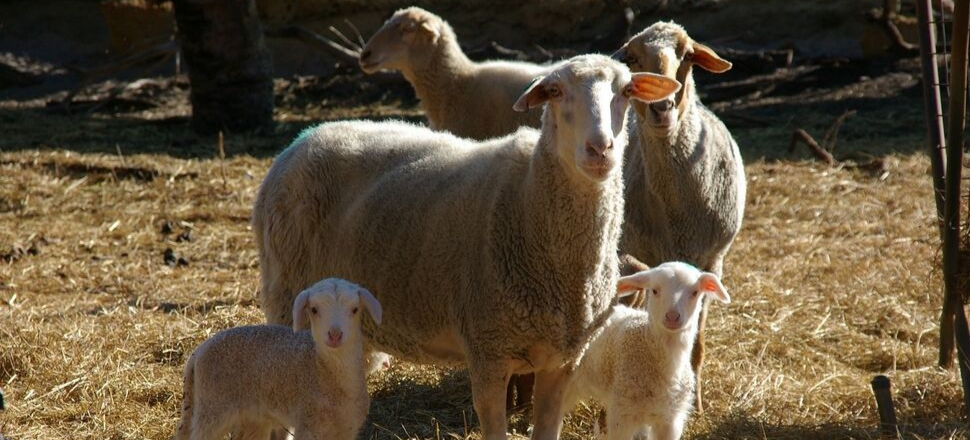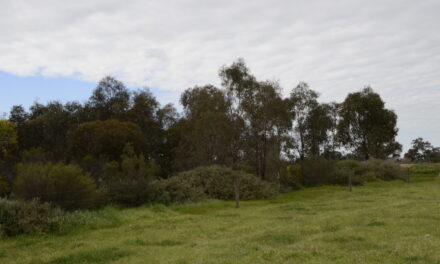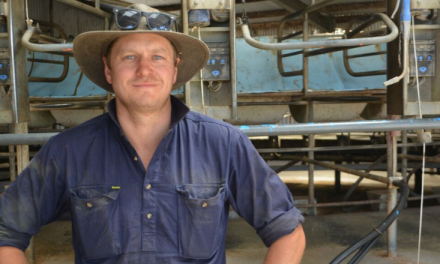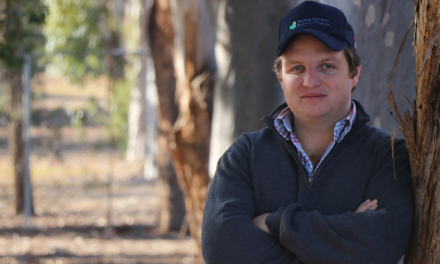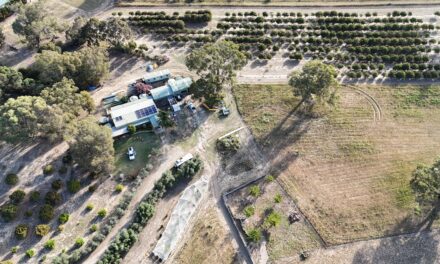For western NSW woolgrowers, the road to enterprise diversity is winding and requires in depth understanding of a business’ operating environment, market opportunities and resource availability to be fruitful.
That’s according to research released today by NSW woolgrower and 2017 Nuffield Scholar, Felicity McLeod, who was motivated to investigate approaches to enterprise diversity after prolonged drought on her family’s 121,000 hectare beef, sheep and rangeland goat enterprise near Wentworth, NSW.
With support from Australian Wool Innovation (AWI), Felicity travelled to Brazil, Denmark, India, New Zealand, South Africa, Qatar, United States and the United Kingdom.
She met with farmers who had diversified their livestock enterprises, and her report details what they considered critical factors for success, along with several challenges and pitfalls.
“The most predictable thing about our climate, is that the rainfall is unpredictable,” Felicity said.
“Management of groundcover and availability of water for livestock are key limiting factors facing producers in our region, and a recent resurgence of wild dog numbers is also of growing concern.
“I wanted to use my Nuffield Scholarship to explore possibilities for enterprise diversification, and to ascertain the viability of various approaches back home.”
The report details novel approaches to multi-species diversification. It concludes that while feed and water availability are the first considerations, market access and evaluation of animal behaviour and the suitability of particular breeds to country type and topography are also key factors.
In the Juazeiro region of Brazil, Felicity met a farmer whose in depth understanding of the local desert plants and interrelationships between livestock species led to successful diversification for his business.
“Running a combination of goats and mixed-bred sheep worked well, and allowed the producer to make the most of available plant species in this arid region,” Felicity said.
“Understanding the plants and different protein content of leaves, flesh and seed pods, he established a system where the goats used their horns to knock the thorns from the rope cactus plant, allowing the sheep to eat the flesh of the plant, which had a protein content of eight per cent.”
The
report also details a range of approaches to value-adding, which have allowed
producers to turn what was once considered waste product into an alternative
revenue stream.
“In South Dakota, USA, I met a sheepmeat producer who had started using tallow
from sheep to make soaps and skin products, as well as toys and rugs from wool
and skins,” Felicity said.
“While a modest revenue stream, the concept of turning waste into a
money-making product is appealing and has wider application across a range of
businesses.”
Exploring techniques for better management of predators, Felicity’s research
concludes that there is a need for integration and adoption of technologies
that create efficiencies, like remote water monitoring systems.
“A number of the farmers I visited identified that a combination of fencing,
hunting, baiting, trapping and close observation of stock and land was needed to
keep on top of the constant barrage of predators,” Felicity said.
“This means other efficiencies need to be captured on farm, to free up
resources for better managing predators. It is also important to
recognise that at times, what works well on one farm, such as Maremma dogs, may
not be suited to another area.
“Ultimately, there are many options when investigating enterprise diversity,
and many considerations that must be taken into account prior to commitment.
The opportunities are there, but success depends on a well-researched approach
which is tailored to the individual’s farm, business, and resource
availability.”

